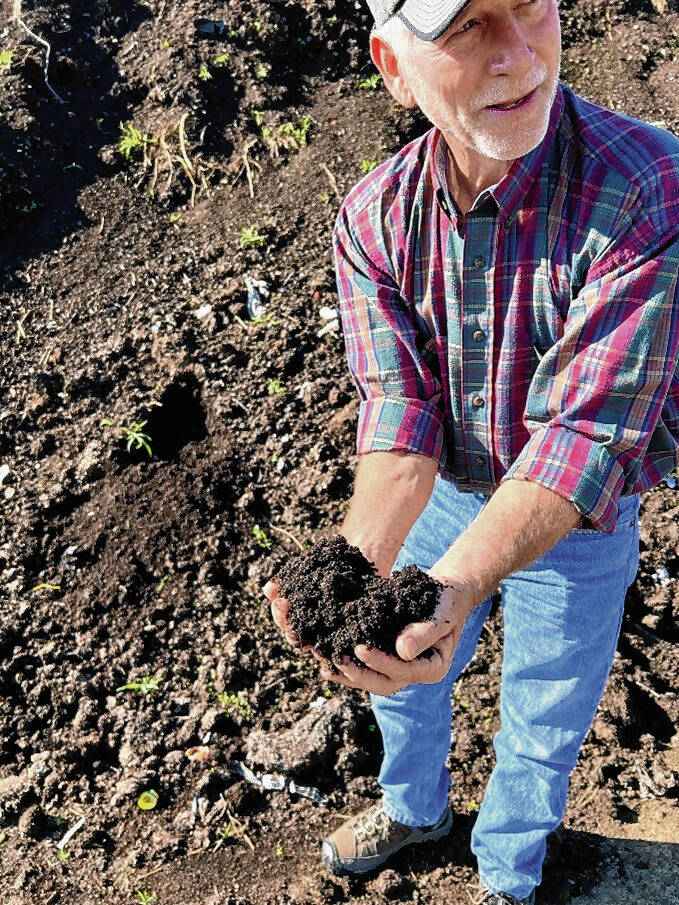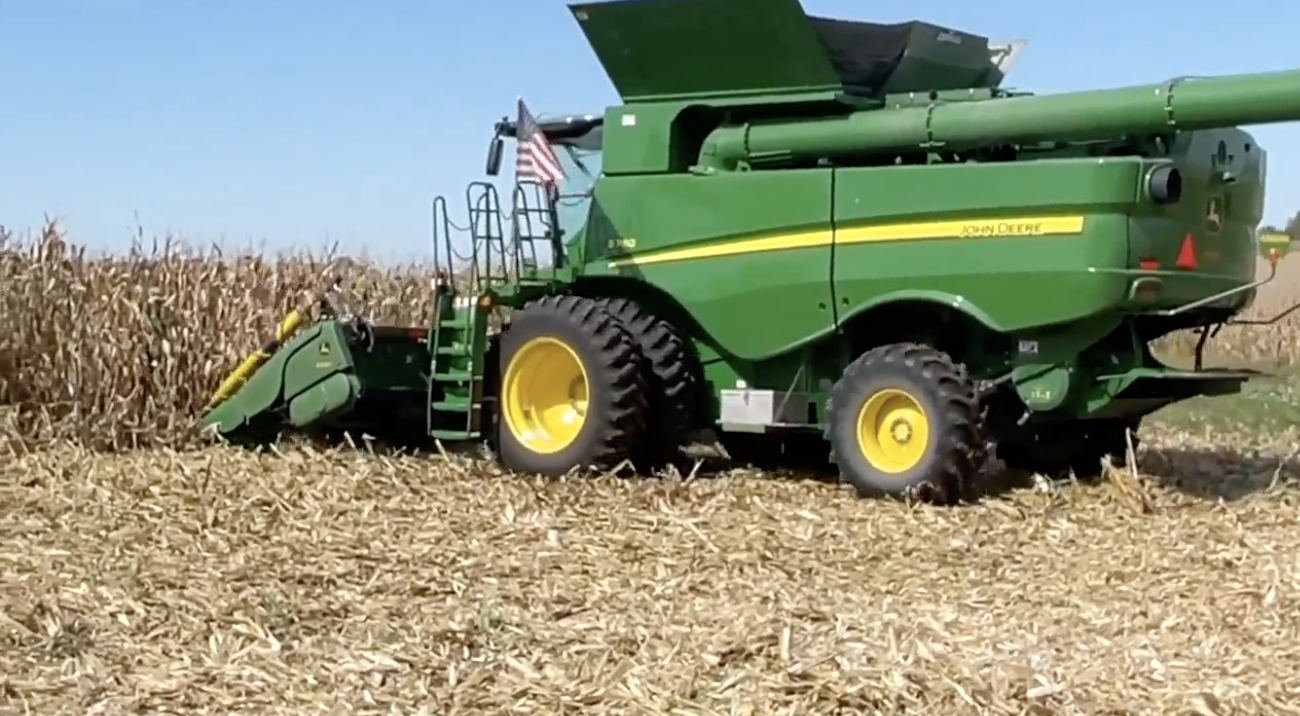No-Till Farmer editors encounter a variety of articles, social media posts, podcasts and videos that offer a unique look at no-tilling across North America and the world. Here is our favorite content from the past week:
- Minnesota No-Tiller Explains His Residue Management Strategies
- Indiana No-Tiller Honored with Conservation Farmer of the Year Award
- Harvesting Corn with Iowa No-Tiller Mark Jackson
- Illinois Farm Shows Mid-Season Results of No-Till vs. Conventional Tillage Trials
- Ontario No-Till Canola Looking Better in Wider Rows
Best of the Web This Week is brought to you by Sound Agriculture.
SOURCE by Sound Agriculture wakes up the soil microbiome so you can access more nitrogen and phosphorus from your field. This bioinspired chemistry fixes atmospheric nitrogen and unlocks phosphorus that is tied up in the soil. It’s like caffeine for microbes, working with the soil you’ve already got to make your season more productive. Learn more at www.sound.ag.
Minnesota No-Tiller Explains His Residue Management Strategies
In this video from the Lower St. Croix Watershed Partnership, Northern Chisago County no-tiller Jason May explains how he manages residue in his 1,500 acre corn and soybean operation. He uses a Geringhoff chopping corn head with stalk stompers and runs a roller prior to planting to flatten the stalks. He avoids using row cleaners on the planter because he finds they dig in too much when the ground is wet. Instead, he runs a coulter in front of the row unit.
Indiana No-Tiller Honored with Conservation Farmer of the Year Award
Indiana no-tiller Charlie Fox has been named the 2022 Jackson County Conservation Farmer of the Year. Fox, who started no-tilling in 1988, uses no-till, cover crops, composting, field borders and precision ag to improve the soil health of his 900 acres for the next generation. “Good stewards believe in sustainability, embrace innovation and change, and are committed to selfless service,” he tells the Seymour Tribune. Congrats, Charlie!
Harvesting Corn with Iowa No-Tiller Mark Jackson
Ride along with Rose Hill, Iowa, no-tiller Mark Jackson on his second day of harvesting corn in this video from FOX 17. Jackson says he’s getting around 240 bushels per acre on early harvested corn fields. “We’ve been struggling a little bit with the moisture. We’ve about 10 inches below moisture on average for the year, but corn harvest right now is good. I’d say a little bit above average.”
Illinois Farm Shows Mid-Season Results of No-Till vs. Conventional Tillage Trials
The JL Acres YouTube channel, run by three brothers who farm in northern Illinois, posted a video update from August of an organic soybean trial that’s comparing four plots:
1. Rye mowed and baled with full tillage, followed by drilled soybeans;
2. Rye mowed and baled with full tillage, followed by planted soybeans;
3. Soybeans no-tilled with a planter into standing rye with the rye combined for seed; and
4. Soybeans drilled into standing rye with the rye combined for seed.
We’re looking forward to the harvest update!
Ontario No-Till Canola Looking Better in Wider Rows
Alex Knight, a fourth generation farmer in southwestern Ontario, shared this picture of his no-till canola on Twitter. He’s comparing 15-inch and 7.5-inch row spacing. Check out his Twitter feed for some awesome videos and photos of #Harvest22 in his part of the world!
Checked the canola tonight. Like most crops, 15" rows look nicer than the 7.5".
— Alex Knight (@AlexKnight936) September 28, 2022
I'm looking forward to seeing how they compare as the season progresses. pic.twitter.com/mdWqKeaRnb
Is there something you want to share in "This Week"? Send us an email.
Best of the Web This Week is brought to you by Sound Agriculture.
SOURCE by Sound Agriculture wakes up the soil microbiome so you can access more nitrogen and phosphorus from your field. This bioinspired chemistry fixes atmospheric nitrogen and unlocks phosphorus that is tied up in the soil. It’s like caffeine for microbes, working with the soil you’ve already got to make your season more productive. Learn more at www.sound.ag.















Post a comment
Report Abusive Comment